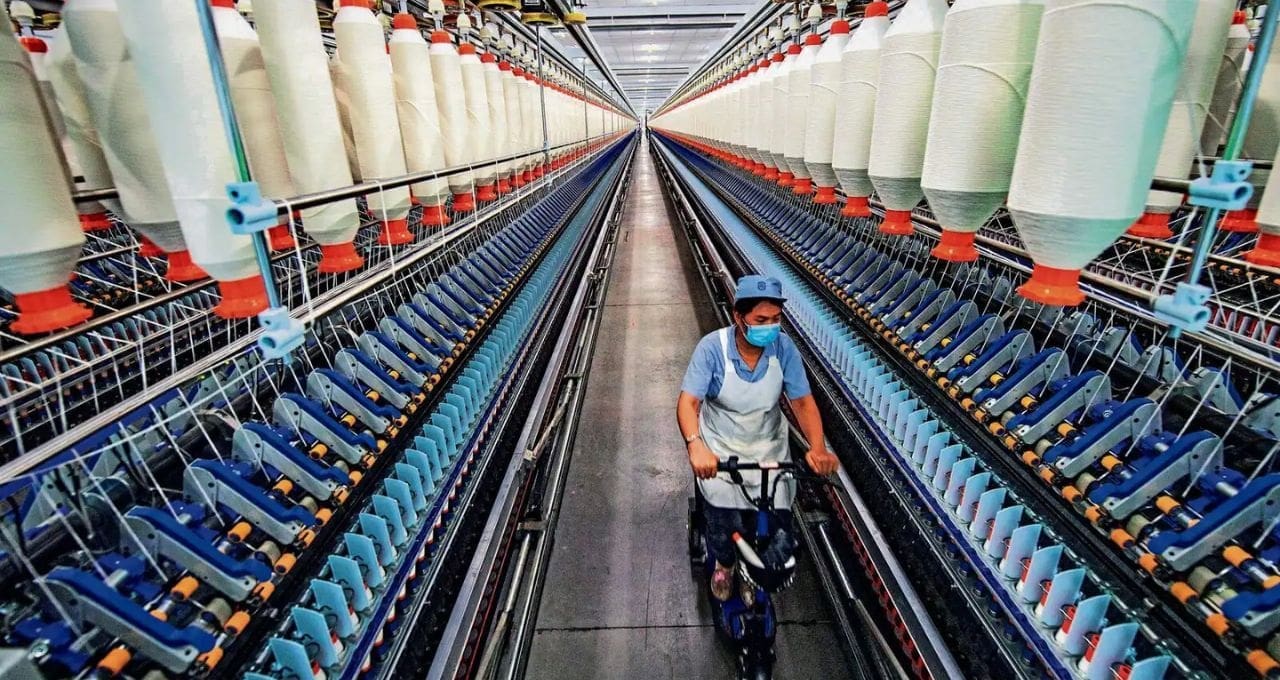Following the proper procedure of Technical Regulations announcement, the Ministry of Textiles announced the launch of 2 Quality Control Orders (QCOs) for 31 goods, made up of 19 Geo Textiles and 12 Protective Textiles in Phase I. The Joint Secretary, Rajeev Saxena, stated at a news conference on April 11 that “these QCOs signal the first technical regulation from India for the Technical Textiles industry.”
To raise the bar and boost the quality of textiles
According to the Center, it is in the public interest to put the regulation into action in order to raise the level and quality of geotextiles and protective textiles in order to safeguard the environment, human health, and the health of animal and plant life.
Protective textiles and geotextiles
Infrastructural uses for geotextiles Protection textiles are used to shield human life from dangerous and unfavourable working conditions, while projects and environmental applications. The goal of QCOs is to offer users and end users the greatest value possible, promoting Indian product quality that is on par with international norms.
One-needle punched non-woven geobags, Polypropylene Multifilament Woven Geobags, Jute Geotextiles, Polypropylene Multifilament Woven Geobags, Laminated High Density Polyethylene (HDPE) Woven Geomembrane for Waterproof Lining, PVC Geomembranes, Polypropylene Multifilament Woven Geobags, Polypropylene Multifilament Woven Geobags, Polypropy Bhoovastra Subsurface Drainage Applications, sub-grade stabilisation in pavement structures, and sub-grade separation in pavement structures all require geotextiles. Geomembranes made of High Density Polyethylene (HDPE) for lining, protection (or cushioning), and long-term erosion control in hard armour systems. flexible pavement geogrids, Geostrip or polymeric strip Geogrids, reinforced HDPE membrane for effluents and chemical resistance lining, geocells, and geogrids are all employed as soil reinforcement in retaining structures.
The final 12 items are made of protective textiles, such as curtains and drapes, upholstered composites used for non-domestic furniture, protective clothing for firefighters, protective gloves for firefighters, protective clothing for industrial workers exposed to heat, clothing made of limited flame spread materials and material assemblies affording protection against heat and flame, high visibility warning clothes, protective clothing for use in welding, and related protective textiles. Bulletproof jackets, a multipurpose rain poncho, and a disruptive pattern nylon-66 ammo and grenade pouch.
180 days following the date of its official gazette publication, these two The QCOs for Geo and Protective Textiles will become effective. The conformity assessment requirements mentioned in these QCOs must be followed by both domestic and foreign firms that wish to export their products to India.
Stages II and III
The Ministry of Textiles intends to publish two more QCOs for a total of 28 products in Phase-II, including 22 agricultural textiles and 6 medical textiles. 30+ more Technical Textiles items may be taken into consideration for QCO issuance in Phase-III.
In order to promote this business in India and produce high-quality goods at reasonable prices, QCOs would ensure the standard and quality of technical textiles.
Describe Geo Fabrics.
Geo-textiles are synthetic textiles that are porous, like geonets and woven fabrics. Typically, it is made from polymers made of polyester or polypropylene. Geotextiles are used to improve drainage, reduce erosion, and soil stability.
What are textiles for protection?
Technical textiles that are employed more for their utilitarian qualities than for their aesthetic or decorative qualities include protective fabrics and protective apparel. For instance, a bulletproof jacket, work gloves, clothing for extremely cold climates, personal protective equipment (PPE) clothing, etc. Workplaces use protective apparel in a variety of ways.

